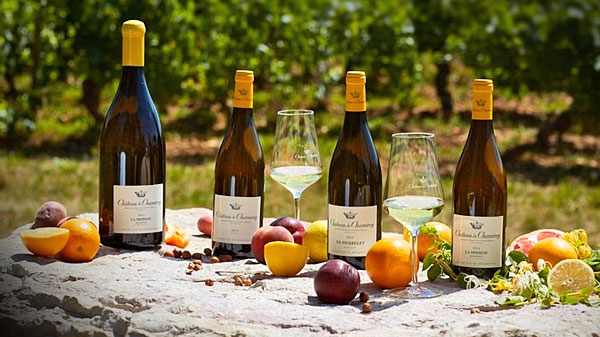
Under-the-radar Burgundy wines are stepping into the spotlight
Amaury Devillard, winemaker and Bourgogne Wine Board member, sheds some light on how a new generation of Burgundy wine producers is making the non-Grand Cru Bourgogne vintages truly unmissable tipples…

With Burgundy the drink du jour for many of Asia’s wine enthusiasts, the finest Grand Cru vintages are increasingly difficult to on the open market. Thankfully, there’s a number of other fine – though oft overlooked – vineyards in Bourgogne, France’s central-eastern region.
To give these lesser-known producers a share of the spotlight, the Bourgogne Wine Board (BIVB) – a non-profit organisation dedicated to promoting the region’s wines – recently staged its third Bourgogne Wine Week. A highlight was One Day for Bourgogne Wines, a splendid tasting session that showcased more than 140 under-the-radar vintages from the length and breadth of the region.

How better, then, to get a true appreciation of the wider range of Bourgogne wines than to get the insights of Amaury Devillard, a native Burgundian, a BIVB board member and a winemaker in his own right, courtesy of his family’s Château de Chamirey vineyard?
How would you explain the rising popularity of a wider range of Burgundy’s wines?
I think much of the credit must go to the latest crop of winemakers. In the last 25 years, many young Burgundians have travelled abroad, witnessing winemaking techniques beyond our borders, before returning home, ready to put their new-found skills into practice. Thanks to these pioneers, Bourgogne viticulture has evolved by leaps and bounds. Never before have our wines captured the varying terroirs of Burgundy quite so purely.

Why has buying ‘en primeur’ (before release) become quite such a phenomenon?
I think it’s down to two different factors. Firstly, there’s the weather. Since 2010, conditions have been extreme, ranging from extended frosts and harsh summers. And so, our yield has been very low, which brings us to the second issue – supply and demand.
Even at peak capacity, Bourgogne’s production is only a fraction of Bordeaux’s. So, given the increased demand, buying en primeur has become the best way to ensure you secure your supply of Burgundy.
Should buyers be more adventurous and focus less exclusively on the Grand Cru wines?
Once again, it’s a supply and demand issue. Grand Cru wines are sought after primarily because they are so rare. After all, they represent less than two percent of all Bourgogne production. The shortfall in supply, though, does make it difficult to enjoy Grand Cru on a daily basis, which is why we’re looking to educate wine enthusiasts across Asia as to the wider range of Burgundian wines, not just the premier division, which is exactly why we host events like Bourgogne Wine Week.

Why choose Hong Kong as the venue for this event?
As the fifth largest market in the world for Bourgogne wines, Hong Kong is extremely important to us. Moreover, it’s the gateway to China, a market that’s also of increasing value. Although Chinese wine enthusiasts have traditionally favoured the reds, there’s a surge in interest for whites right now, which is something we really want to capitalise on.
Do you have any tips for the uninitiated when it comes to choosing the best Burgundy has to offer?
If you’re unsure of just which wines to pick, always opt for the tier-two labels of the Grand Cru producers. While it’s not a fool-proof system, it definitely offers a measure of reassurance as to the wine’s likely quality and taste.
Thank you.
Text: Tenzing Thondup
Images: Château de Chamirey







